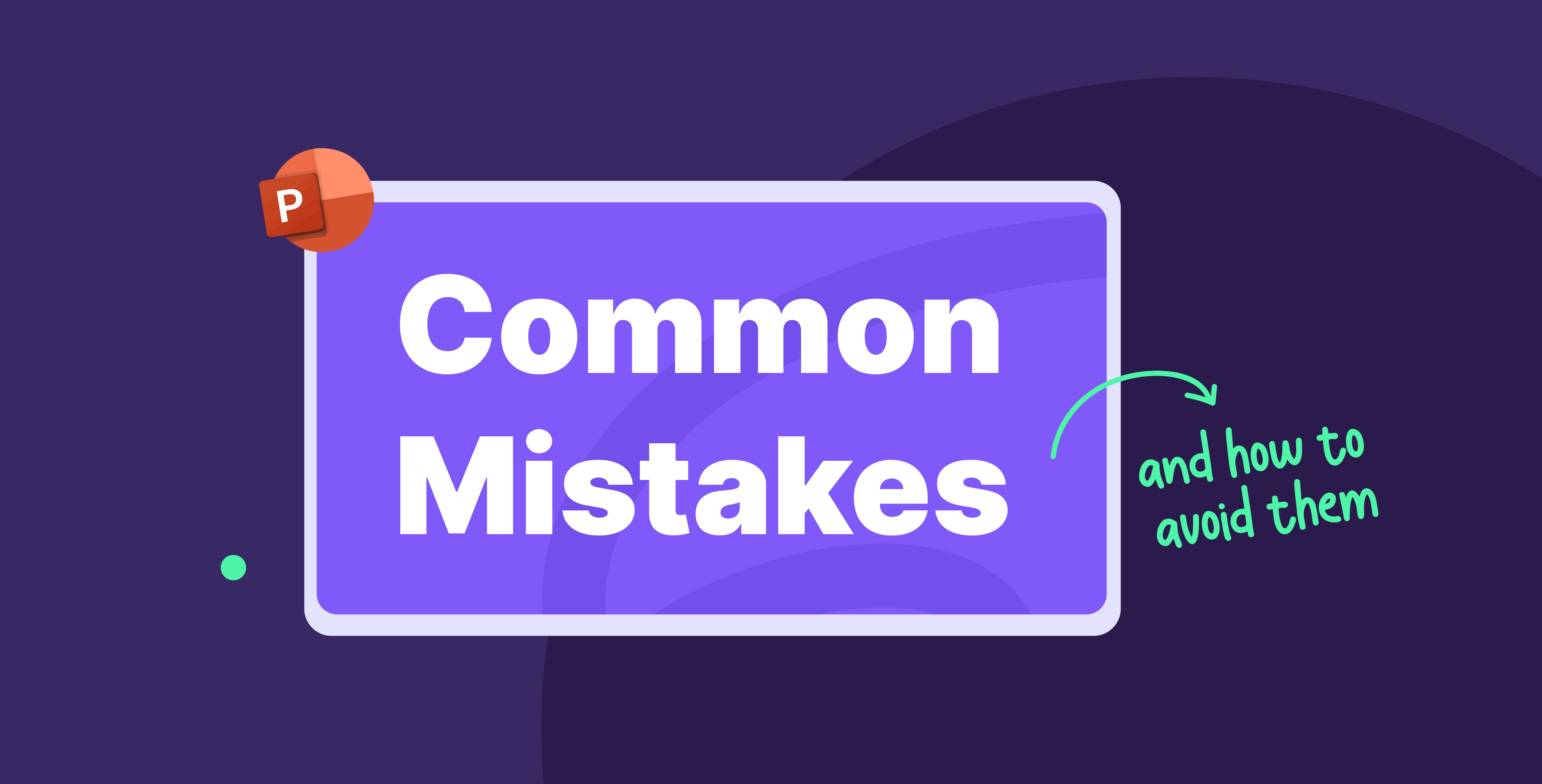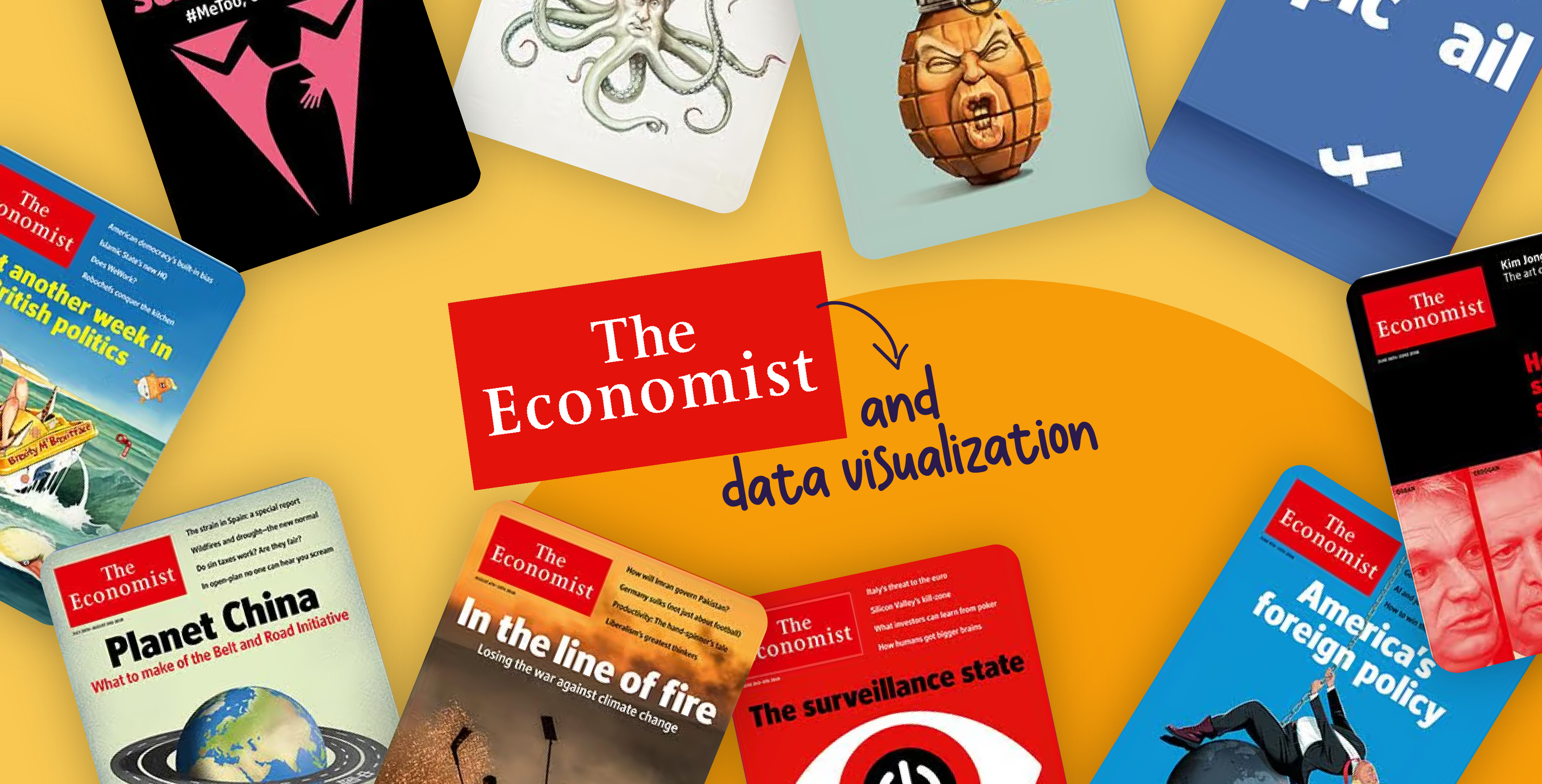18 November 2024
In the world of public speaking, few names stand out like Simon Sinek. He rose to prominence through his transformative “Start with Why” principle and his powerful Golden Circle framework, which have paved the way for more compelling presentations that bond communities through inspiration and understanding. In this blog, we will discuss the elements that make a his presentations impactful and what we can learn from them.
Simon Sinek’s presentation style
When you think about powerful presenters, Simon Sinek pops into mind. His masterful communication style can break down big ideas into more relatable concepts, and his unique approach to public speaking has made him a resonant name in the industry.
The “Start with Why” principle
The cornerstone of Sinek’s memorable approach is rooted in a simple question: why? This question urges the audience to dig deeper within themselves and understand the core reasons for their motivations and actions. By understanding the “why,” Sinek argues that this builds a genuine connection with the audience and establishes a strong foundation for inspiration.
In the world of business, this principle translates to strong leadership that cares more about building community than selling products. Starting with “why” provides a compass that allows a presenter to establish authenticity and purpose to form a presentation’s backbone.
The Golden Circle
Another central principle to Sinek’s style is the Golden Circle, which is a concept that moves from the ‘why’ to the ‘how’ and finally to the ‘what.’ By initiating presentations with a driving purpose and rationale, he can foster understanding and connection from the very beginning.
Implementing the Golden Circle provides you with a rough outline to organize your presentation around. Approach your the structure through the why, how, and what, and you can create an engaging and resonant narrative. It offers a lens through which to view the mindset that drives success for organizations and presentations by charting out a grounded and insightful path.
Storytelling approach
In Sinek’s presentations, storytelling is a golden thread that is woven throughout to create captivating narratives that engage the audience. Building on his ‘why,’ storytelling allows Sinek to get more specific about his motives by using real-life examples. That way, he can turn abstract concepts into digestible, relatable tales that are rich with insights and lessons. Being specific about who the ‘why’ is about strikes a chord with the audience and also brings the material closer to their reality. We can see Sinek’s method of storytelling in action in his presentations, including his famous TED Talk.
TED Talk: “How Great Leaders Inspire Action”
In one of the most highly regarded TED Talks, Simon Sinek masterfully applies the Golden Circle in his presentation as he discusses the principles that make up inspiring leadership by starting with the ‘why,’ ‘how,’ and ‘what.’ Aside from the informative insights regarding leadership, the presentation is also a clear demonstration of how a strong narrative grasps the audience’s attention. His Golden Circle structure can paint a picture of successful leadership by emphasizing a deep understanding of the root motives that drive actions. This talk is a must-watch to observe the power of ‘why’ in action as it inspires action and fosters connections. You can watch the full talk right here.
What we can learn from Simon Sinek
As we watch Simon Sinek’s charismatic presenting style, we can observe several techniques that are adaptable to our presentations:
Presentations give, they don’t take
It is said that a giving hand is better than a receiving hand, and this applies to presentations as well. Often, when presenters show up with a motive to benefit themselves, such as funding, connections, or some other advantage, it is very transparent and causes the audience to disengage. The audience is much more likely to trust a giver—someone who has the intention to be of service through their presentation or otherwise share value. Reframe your speech as to how it can benefit the audience, rather than how to extract benefits from the audience.
Share what you know
Have you ever noticed how easy it is to speak about an interest of yours, such as a book that you’ve enjoyed or a personal anecdote you loved? You become so fluent and persuasive purely because you care about it! Now extend that logic to presentations, when you speak about a subject you’re passionate about, that passion is contagious and can captivate the audience.
Another trick is to speak about things you understand. We’re not all experts, and trying to sound smart about things we don’t entirely understand comes off as inauthentic. When you speak about what you know and care about, you will naturally present it more passionately and energetically, so focus on giving the best of what you have.
Own the space
When you present, taking control of the room embodies a readiness to share your ideas, fostering a deep connection with your audience. Owning the room begins right when you walk up to the stage, with a composed walk that establishes a strong presence before you even begin to speak. And once you’re on stage, rather than start right away, take a moment to absorb the room’s energy and make eye contact with the audience. This way, you have a moment to solidify your presence and use your body to complement your speech and add to an impactful delivery.
Begin with the end goal in mind
This is directly related to the start with ‘why’ premise, before you begin, know what the end goal is. By starting with the end in mind, you can tailor any story or thought you share to move you toward that destination. Rather than putting your efforts into your introduction, think about the concluding statement or the idea that sums up the whole talk. This should help you figure out how to shape your presentation in a way that strengthens the main idea.
Simon Sinek has set a benchmark for presenting styles, offering a rich reference to learn from and be inspired by, like his ‘Start with Why’ and Golden Circle principles. By learning about his strategies for engaging narratives, presenters are encouraged to form genuine connections with their audiences by digging deeper into their motivations. Using his methods, such as owning the space and working with your natural strengths, you can create rich, impactful presentations.








